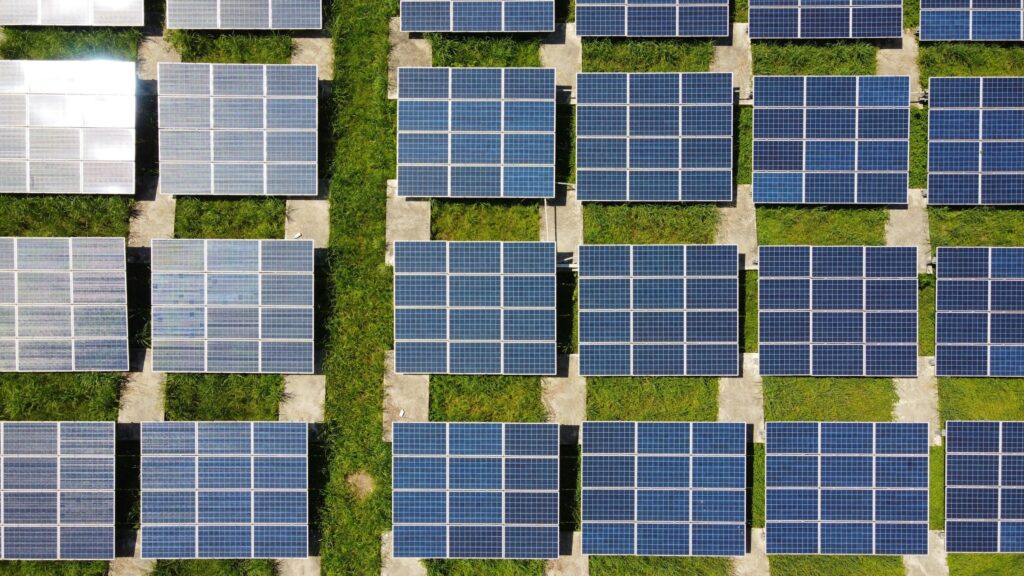With the signing of the Inflation Reduction Act by President Biden this past August, the federal government is investing $370 billion in energy security and climate change. Along with the Build Back Better act passed in November of 2021, the federal government invested another $555 billion in clean energy and climate change provisions. Both bills don’t just call for reliance on more renewable sources of energy, such as solar and wind, but new constructs for storing and distributing home energy. Furthermore, as centralized utilities increasingly struggle to service growing demand, decentralized energy constructs like smart grids and microgrids are gaining traction.
However, making smart grids and microgrids a reality will require technologists to subdue several technological challenges. At the heart of this problem set is the management of the information, communications & technology (ICT) solutions stack. These solutions are needed to manage demand-side growth and provide the right mix of technologies to manage the communication between a disparate array of sensors which monitor overall functionality and facilitate energy distribution. The ICT stack is also important because the energy sector is heavily invested in proprietary and legacy technology. Many experts agree that the use of open internet protocols and other emerging technologies is the proper path forward to mitigate this issue.
I believe a clarion call is needed to nudge technologists to play a leading role in helping create the distributed energy future. Technologists should reconsider endeavors that may seem “hip” but add little value to society. For example, self-driving AI has produced negligible results despite $100 billion in investments. The same can be said for facial recognition technology which has produced unequal results for society, not to mention abuses by authoritarian states. For those technologists that do decide to immerse themselves in the distributed energy challenge, the three most critical areas for R&D are interoperability, cybersecurity, and big data management.
“I believe a clarion call is needed to nudge technologists to play a leading role in helping create the distributed energy future.”
Interoperability
Successful deployment of smart grid infrastructure requires interoperability of the communication systems that comprise a distributed energy system. This includes enterprise management systems running on high-end servers or cloud infrastructure and embedded sensors. Successful interoperability will depend on common standards, certification, and conformance test programs. However, moving to a standards-based solution from a proprietary one will likely increase overall costs. For example, some smart meters may require more RAM and processing power than others that need modest performance specifications. Another challenge is the integration of low-power and low-bandwidth radio links. These links can aid in remote meter reading, albeit at a short distance. As such, to successfully integrate the different sensors, gateway protocols will be needed.
The National Institute of Standards and Technology (NIST) Smart Grid Interoperability Panel (SGIP) has developed “action plans” to address current communication deficits. These plans include standards-based formats for data representation, as well as smart metering and energy management standards. The SGIP also reiterated the need for an open ICT proven to scale well over large networks. Examples of such proven technologies are the communication protocols that underpin the Internet – TCP/IP protocol stack, XML on the presentation layer, and web services on the application layer. Technologists familiar with these protocols and languages are needed to further test and develop the interoperability needed for the creation of smart grids.
Cybersecurity
Smart grid devices form part of critical infrastructure and will likely be a target for malicious cyber actors who wish to cause disruption. One of the biggest security challenges facing smart grid infrastructure is the need for proven security for the machine-based and IoT devices that facilitate communication and monitor network health. Given that smart grids provide wide and heterogeneous attack surfaces, we could see a number of tactics, techniques, and procedures applied against them. They could include 1) man-in-the-middle attacks (where an attacker manipulates data or masquerades as a legitimate user/device), and 2) injection attacks (when an attacker injects spurious data into a network to cause disruption). Popular security frameworks such as Zero Trust architecture may be counterproductive for distributed energy networks with high-reliability requirements. Distributed energy networks have to ensure energy is quickly and smartly routed to geographic areas with the greatest need.
There will be a need for reliable authentication of machine and IoT devices since most authentication protocols today are developed for human interface. Technology professionals will need to explore and test new ways these machines and IoT devices can self-validate. Public Key Infrastructure (PKI), cryptography, and near-field communications (NFC) technology are promising prospects to make this happen.
Big Data Management
Artificial intelligence (AI) and machine learning (ML) are needed to stabilize smart grids by predicting consumer demand and predicting potential outages. According to research and testing by Australian technologists, AI/ML-guided decisions show promise for integrating renewable energy sources into the electric grid. In particular, machine learning algorithms have demonstrated the ability to “capture customer consumption patterns, forecast energy demand and power generation of intermittent sources, and predict equipment failures”.
The primary challenge for technology leaders is collecting large amounts of data and using it properly for better decision-making. Before machine learning algorithms can be deployed, data standards are needed to allow maximum data capture. This involves tying together all the disparate market products that service consumer homes and industrial centers (i.e. battery storage, digital thermostats, etc). In addition, data volume increases will make it possible for machine learning to detect and prevent anomalous behavior resulting from a cyber intrusion as well as data authentication. Overall, the data management complexity for distributed energy networks is such that data scientists will have ample research material to complete PhD-level work.
Conclusion
Opportunities lie ahead for the technology community to have a profound impact on energy security for a nation and world where energy insecurity is more and more frequent. The financial rewards are in place, and the technical challenges as well should help overcome the technology talent shortage. The integration of distributed energy networks and renewables will be a national and local decision. When communities decide to implement them, they will have technology leaders to thank.






